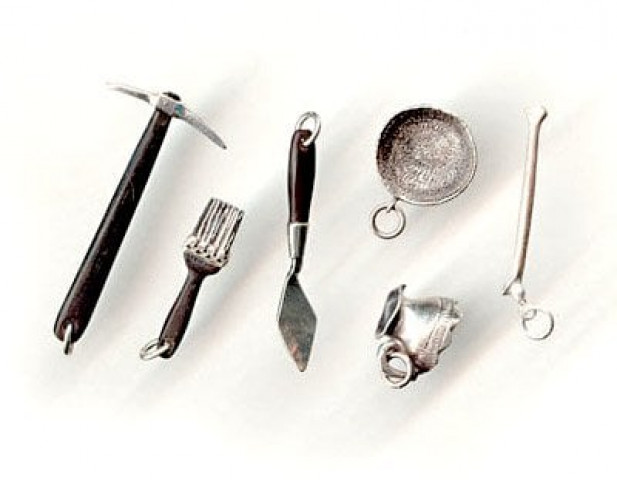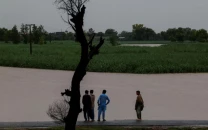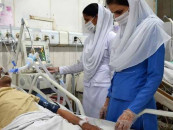Nur Jehan and Mai Meharban: Govt to release funds for restoration of tombs
Neither monument has ever undergone extensive repairs.

The department is now preparing a detailed restoration plan, which will be submitted to the chief secretary’s office in the next two weeks. PHOTO: bentforms.com
The chief secretary has approved the release of funds for the restoration of the tombs of Nur Jahan in Shahdara and Mai Meharban in Multan and the work should begin within a few months.
An Archaeology Department official said that Chief Secretary Nasir Mehmood Khosa, at a meeting last week, had been asked to release funds for four projects. He had approved the release of block allocation funds for two, he said. Funds for the other two restoration projects – at the tombs of Shah Ali Akbar (17th Century) in Multan and Ali Mardan Khan (11th Century) in Lahore – may be approved next year, he added.
The department is now preparing a detailed restoration plan, which will be submitted to the chief secretary’s office in the next two weeks, after which the funds will be released. “The work should begin no later than three months from now,” the official said, adding that it would take about two years to finish.
The budget for 2012-12 contains a block allocation of Rs69 million for the Archaeology Department, but it also includes Rs200 million for a project for the restoration of Nur Jahan’s Tomb.
The Archaeology Department official said that a PC-1 for the project had been prepared in the second half of last year, but it had been rejected because it was deemed too expensive. The new restoration plan for the tomb will be scaled down from the earlier plan.
Neither tomb has ever undergone extensive restoration, the official said. There have been several proposals to begin repairs at these sites, but never enough funding, he added. There were minor repairs to the façade of Nur Jahan’s tomb in the 1950s, 1960s and 1980s.
Nur Jahan’s resting place is located on 17 acres in Shahdara, close to the tomb of her husband Jahangir, and the tomb of her brother Asif Jah. Together with the Akbari Sirai, these monuments are clustered on a 107-acre site known as the Shahdara Complex.

The official said the walls, floors and domes of the monument were damaged. Floral and geometric patterns lining the tomb’s domes have eroded, while the edges of the marble flooring have been chipped off, he added.
The restoration work at Nur Jehan’s Tomb will include reconstructing a boundary wall, brought down during the Sikh rule of the Punjab, rebuilding the boundaries of the walkways and beautifying the 107-acre gardens. The Parks and Horticulture Authority will assist with the work on the gardens. The main façade will be retouched and the floors will also be fixed.
Mai Meharban’s tomb is situated near Fowara Chowk in Multan and was built between the 5th and 12th centuries, according to the archaeology official. The main tomb body, adjacent gardens and the frescoes decorating the tomb walls will be repaired by conservation officers of the Archaeology Department.
The archaeology officer said that unlike other monuments which were documented in pictures by the Archaeological Survey of India (the archaeology department during the British Raj), no old pictures of the tomb were available. It was also damaged during the Sikh era, he said.
Though very little is known about Mai Mehrban, the tomb was selected for restoration since it was most in need of it, he said. Rain and summer heat have caused crevices in the tomb’s walls. Homeless people have occupied it, causing further damage. “The exposed brickwork laid in mud mortar is decaying and certain portions are missing,” the official added.
Published in The Express Tribune, January 19th, 2013.



















COMMENTS
Comments are moderated and generally will be posted if they are on-topic and not abusive.
For more information, please see our Comments FAQ